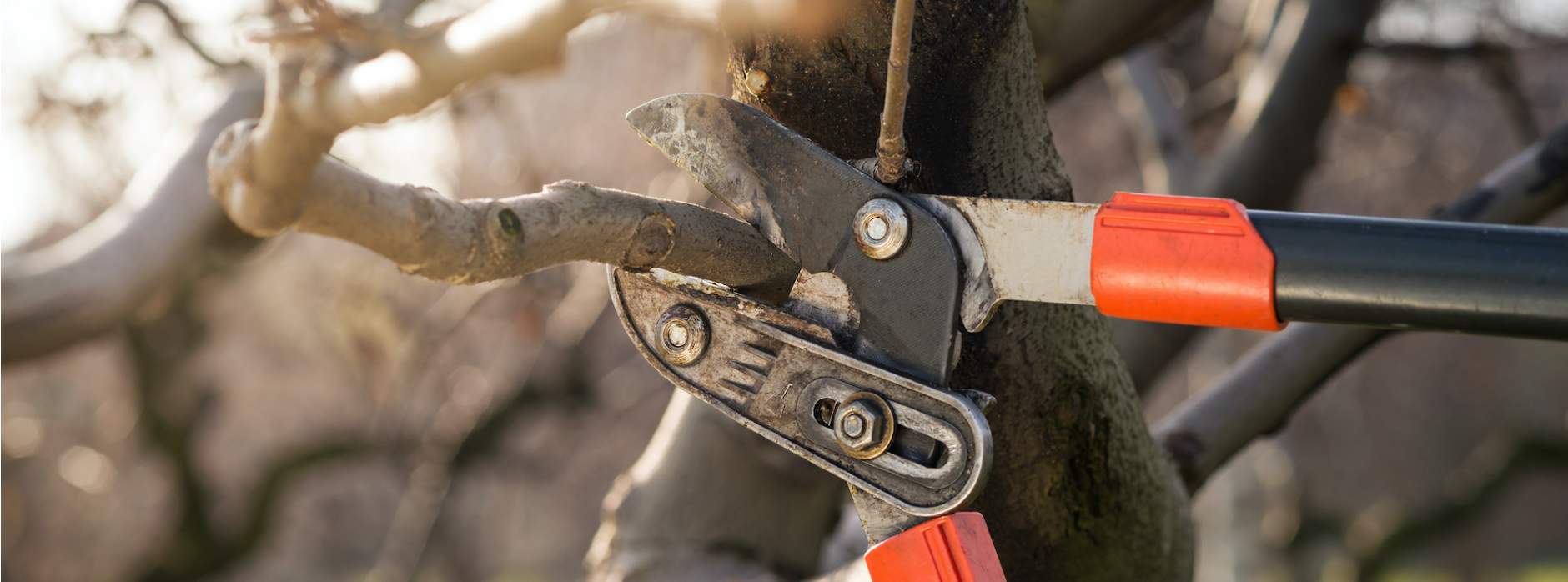Countless people will be getting away from it all in the British countryside this summer for fresh air, scenic walks, days out and staycations.
And while visitors enjoy the leafy surroundings, the owners of trees and woodland need to be aware of their legal responsibilities, and plan for public safety.
In fact, whether you own a remote rural forest or a single specimen in a city garden, you have a duty of care to anyone who could reasonably be foreseen to be at risk of harm from your tree(s), from a falling branch, say, or unstable roots.
This applies if you’re inviting people on to your land for leisure or tourism, for example, but also to trees within falling distance of roads and footpaths as well as those growing along third party boundaries.
Here are some tips for tree safety and good neighbourly relations:
- Management and action Draw up a management plan and make sure trees are checked regularly by competent personnel to identify and deal with any damage and disease. This is usually the landlord’s responsibility, but if you’re a tenant check your lease.
Proactive management enables the allocation of resources through risk zoning, and the ability to plan financially as tree work and planting can be budgeted and forecast.
You’re also likely to have to deal with fewer ad hoc reactive tree measures which are often expensive due to the nature of the work and the need for it to be completed quickly. It also provides owners with a defendable position should litigation occur. - Ash dieback The problems caused by ash dieback make tree surveys all the more important. Diseased ash can deteriorate very quickly, often exacerbated by periods of dry weather (though don’t be tempted to fell unaffected trees as a precaution because retaining tolerant specimens allows the possibility of breeding from the resistant stock).
It pays to deal with it early as the trees can still be climbed by a tree surgeon and are both safer and easier to work on. For areas of ash over 0.1 hectares, check to see if you would be eligible for grant support to replant with alternative species – the minimum grant which is available in England only is £500. - Overhanging trees When it comes to boundaries, think roots, shoots and fruits. A neighbour can cut back your trees without asking permission if they have sprouted over the boundary but they can’t trespass in order to carry out the work and the branches (and any fruit) must be offered back to you. They should also be careful not to damage the tree in the process as they could in turn be liable for any damage caused by its failure or death.
If livestock are poisoned by eating overhanging vegetation, for example yew, the owner of the tree would be responsible. This is not the case if the animal has to lean over the boundary to eat. And should a neighbour believe their property has been damaged by invasive roots, they must provide evidence and proof that your trees are at fault. A tree surgeon may be able to carry out remedial work to overhanging trees in your ownership from your side of the boundary but if not, you will need permission to access the tree from the neighbouring side.
To sum up, as the owner of trees or woodland you must ensure there is no adverse effect on your neighbour’s property or risk of harm to the public.

.jpg)
.jpg)
.jpg)
.jpg)

.jpg)


.jpg)
.jpg)